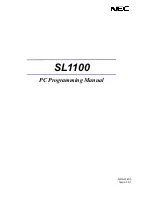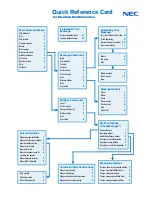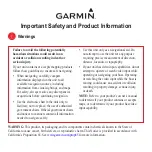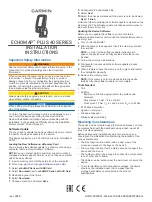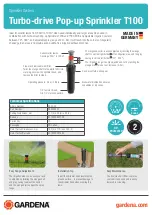
10
remote control/
External, Wired Remote Control
This connection is via a 6-pin, RJ-11 phone style connector.
Refer to figure below for proper connection information.
The RJ-11 interface connections require a momentary switch closure to GND for:
1) ACTIVE/STANDBY
: toggles between active and standby mode
2) Volume DOWN
: Lowers the volume in thirty-one, 1.5 dB steps from 0 dB to –45 dB.
Step # 32 “mutes” the output.
3) Voume UP
: Raises the volume in thirty-one, 1.5 dB steps from off to –45 dB, to 0 dB.
4) (Unused)
5) (Unused
)
6) GROUND
(GND)
1
2
3
4
5
6
External Momentary Switches
Active / Standby
Volume Down
Volume Up
(Unused)
Pin #
(Unused)
(GND)
11
APPLICATION NOTES/
As new types of HSS applications are studied and measured in the field, ATC will publish
application notes with more specific details regarding each installation type, best practices,
suggestions, cautions, and answers to many of your questions. They will be available on our
website in the future.
www.atcsd.com
MAINTENANCE/
Cleaning
Dust:
It is recommended that the HSS unit be kept free from excessive dust. A small computer
style vacuum or compressed air may be used to remove excessive dust from the surface of
the emitter and around the controls. Routinely remove dust from the rear fan cover and air
vents surrounding the unit.
Emitter Surface:
DO NOT ATTEMPT to clean the surface
of the emitter with any device other
than compressed air at less than 10 PSI. (Use only low PSI compressed air available at in small
spray cans from all electronics stores).
Troubleshooting/
• Check to be sure that the green status LED is on.
NO AUDIO OUTPUT FROM HSS DEVICE: (real time unit)
• Turn off AC power. Reapply power to the unit.
• Be sure the volume setting has not been turned down or off.
• Be sure that the audio input connector is properly inserted into the connector.
• Ensure that an appropriate audio signal is being fed to the input connector.













